Imani Jacqueline Brown: What remains at the ends of the earth?
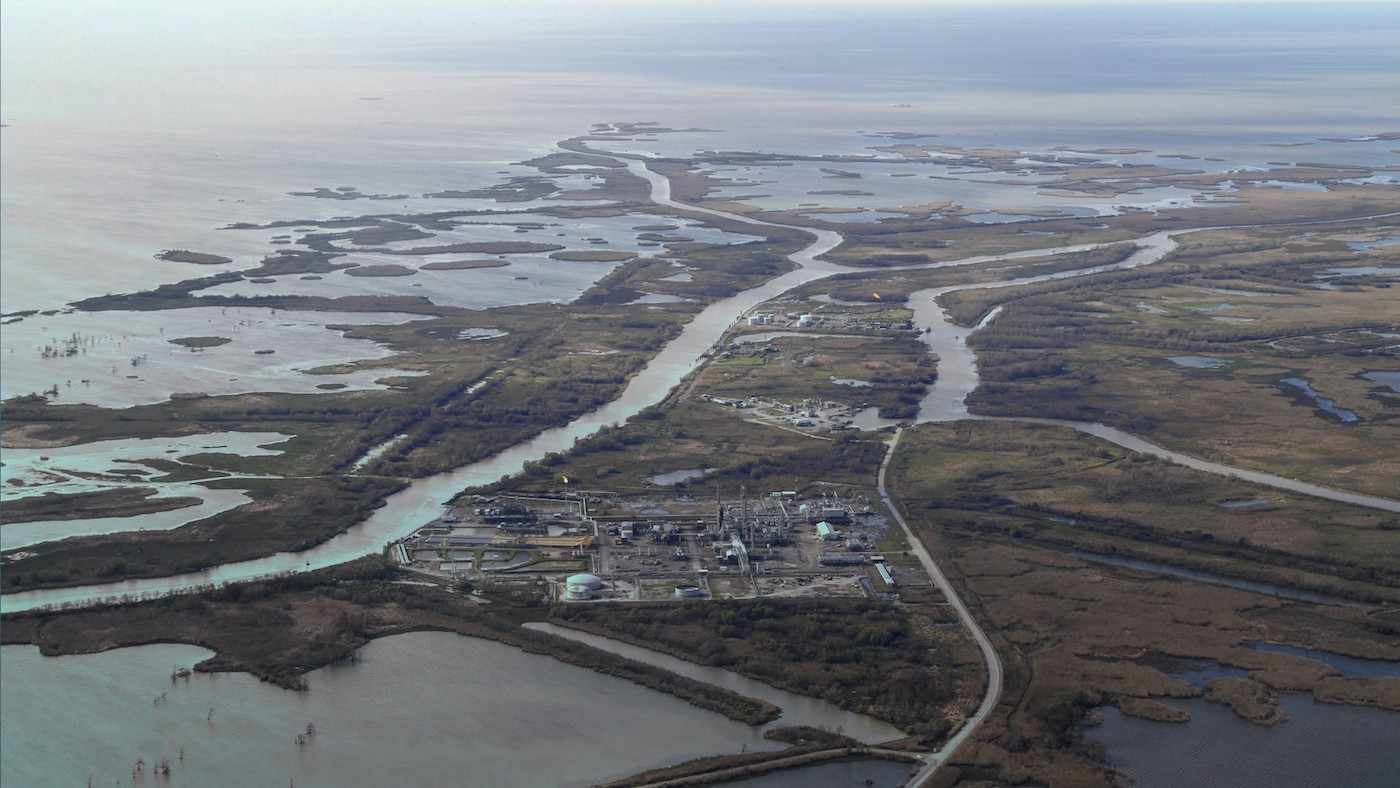
18 October 2022
Magazine C& Magazine
Words Jody Adwoa Pinkrah
6 min read
The artist and activist talks about the importance of ecological resistance and how it connects to our ancestors through the earth.
Contemporary And: What initially sparked your interest in extractivism and Black ecologies?
Iman Jacqueline Brown: I’m from New Orleans, and I’ve been an activist since I was a kid. The catalyst behind my current practice is Hurricane Katrina. My family was displaced when it hit New Orleans in 2005, like 100,000 other Black people.
Engaging with a various aspects of post-Katrina reality and with the geography of racism, I started to understand Hurricane Katrina not just as a meteorological event but as an unnatural disaster in multiple ways. The perfect storm of the hurricane and the perfect storm of gentrification.
Katrina prompted me to start examining what I now call the continuum of extractivism. To me, extractivism is more than just the process of removing minerals and other resources from within the earth. An ecology becomes divided into land, water, and air. The land becomes reduced to the notion of property or ground that can be cultivated. Some beings on this ground are considered valuable and some are considered expendable, as excess. As with the enslaved Black body, which is fungible – it has the value of currency and property until the body is depleted and becomes “waste.”
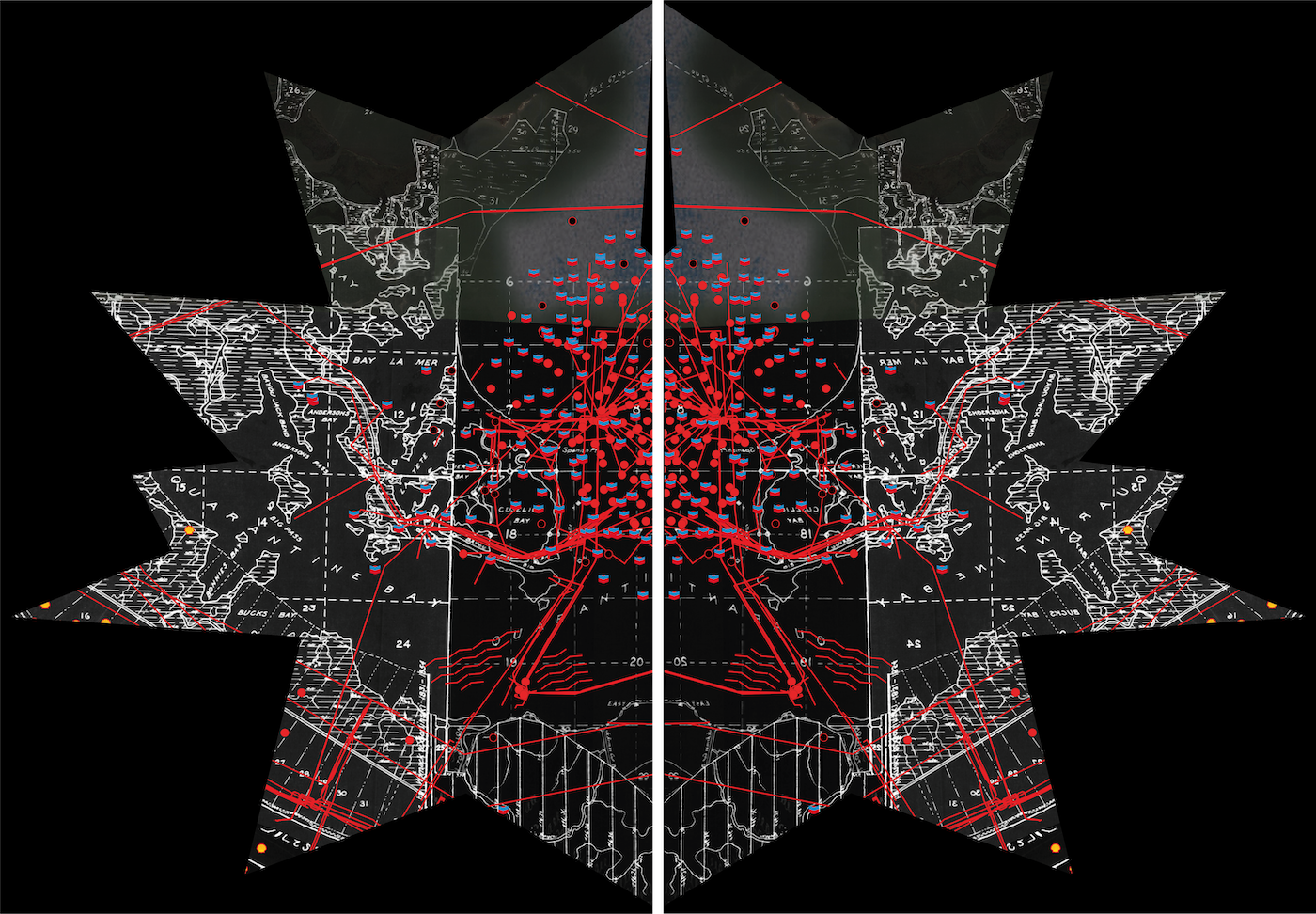
By Imani Jacqueline Brown
C&: How do you visualize interrelations between Black life and ecology in your practice?
IJB: I started from the position of an activist. So my current body of work, What remains at the ends of the earth?, which maps pipelines and wells as constellations, is part of a long trajectory – it is the first formally commissioned art installation that has evolved out of my political engagement. It was refreshing to think more conceptually about how to communicate these images and ideas around ecological integrity. There are moments where words don’t suffice, and you need the visual to actually communicate.
C&: What image were you trying to create in viewers’ heads with the work’s title? Or is it something personal, that only speaks to you?
IJB: It has multiple meanings. It communicates to me, and it’s supposed to communicate to Louisianans. Louisiana is the southernmost part of the US, where fingers of land quite literally crumble into the Gulf. So it very much feels as if we’re sitting on the ends of the earth. I also imagine that the concept of the end of the earth is closely linked to climate change these days. I wanted to imply a multiplicity of meanings, but also refer to the fact that there is no end of the earth. I’m trying to push against the notion of an apocalypse. A fatalistic perspective on existence is not a healthy or generative way of living. We have to constantly resist it. We have to try to continue to cultivate a world that is reciprocal and healthy and can sustain us. What remains is ecological resistance, repair, and regeneration.
What I wanted to offer as an archetype of ecological resistance are the burial grounds that exist in Louisiana. They are a part of a Pan-African, diasporic, and global phenomenon. In Louisiana, people who were enslaved on plantations would plant trees to mark the graves of their loved ones. These trees have survived over 150 years since then. They’ve born kin, new generations of trees, and the descendants of the humans buried there have likewise born kin and generations of descendants. Today these descendants are still suffering the violence of extractivism in its current form of petrochemical industry and they’re still resisting.
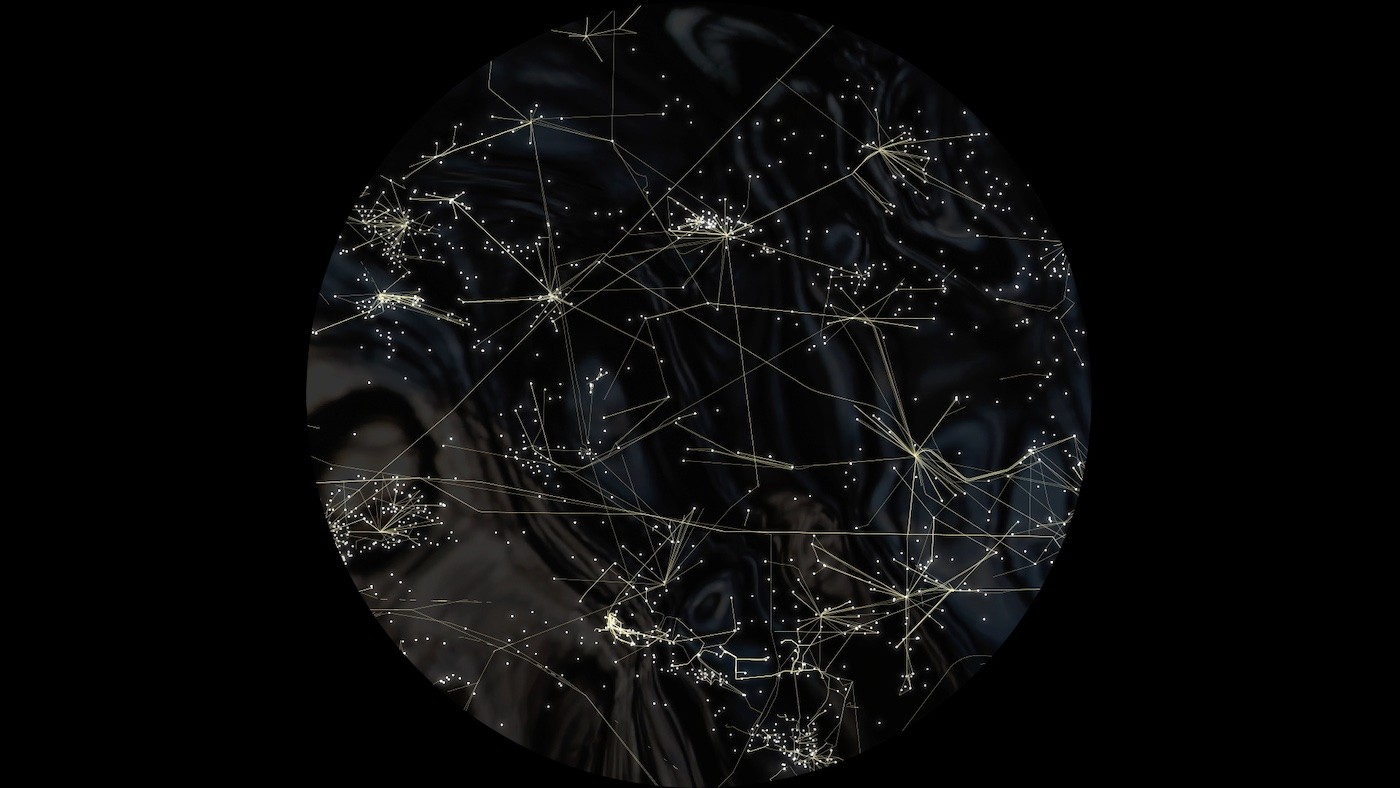
By Imani Jacqueline Brown
C&: You already explained how and why Black activism and environmental issues are intertwined. Why does that perspective seem particularly strong in the US?
IJB: In terms of racism, people are fighting for the right to just exist in the US. On the one hand, there’s the history of segregation. Of being barred from visiting beaches, parks, national parks, and so on. Through racist planning processes, Black people have been largely contained within urban areas that are disinvested in. It is intentional that folks live in sight of waste facilities, in neighborhoods that have no trees, that have no grass, that are really depleted, bereft of opportunities to connect ecologically, and impairing their health. Just as the police officer is a threat to their existences, so is the polluted air in their neighborhoods.
On the other hand there is a very long history of community gardens in Black communities, including Black urban environments across the US. Alice Walker traces them back to gardens maintained by enslaved women. Sylvia Winter writes about those gardens as a form of resistance. The US environmental justice movement was born in the 1970s, particularly in the deep south, because people recognized injustices and called them out. Whenever anyone speaks about the history of environmentalism here they speak about Rachel Carson, but the voices of scholars like Dr. Beverly Wright and Dr. Robert Bullard are now rising.
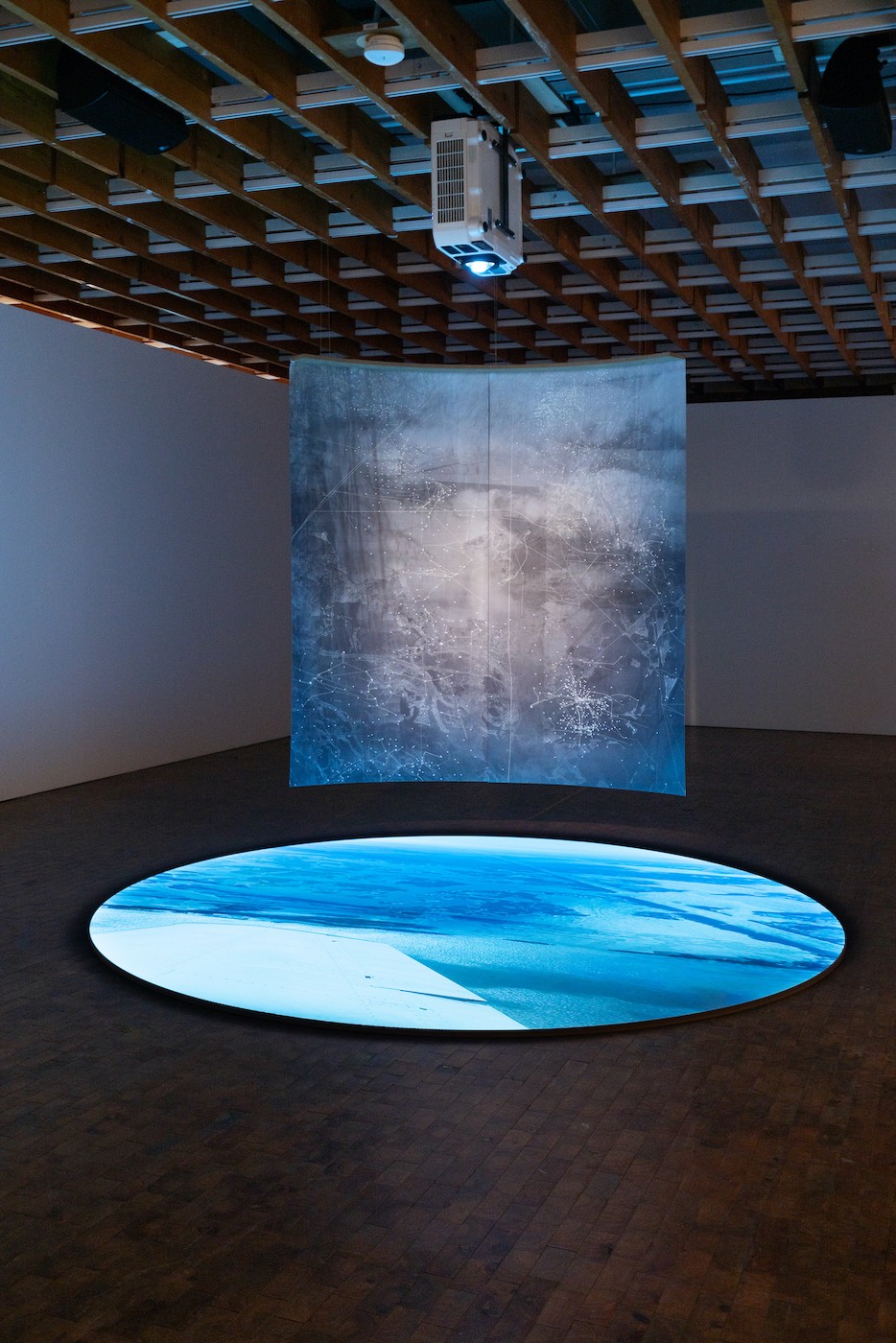
Imani Jacqueline Brown, What Remains at the Ends of the Earth?, 2022. Installation View at Berlin Biennale. Courtesy the artist.
C&: What are your next steps as an artist and activist?
IJB: I’m doing a PhD and I want to learn about the sacred grove tradition in Africa. I want to understand it as a precolonial phenomenon, as a form of resistance to colonialism in Africa and how it relates to the present. It’s an opportunity to understand, to study and write, using case studies from Senegal, Angola, Nigeria, and Kenya, to engage with how colonialism has segregated ecologies. I really want to understand how ecological resistance emerges in response. I want to travel and learn and listen, and then transmit and share what I’ve learned.
I have also been asked to curate an exhibition in New Orleans, at Antenna, the space I used to work for, which feels a little bit like coming home. Almost every other institution in the city is funded by the oil industry, so it’s very hard for me to present my work in places other than small community spaces. An exhibition will be a great way to contribute the ideas I’ve been working through.
Imani Jacqueline Brown (*1988) is an artist, activist, and researcher from New Orleans, living in London. Her work investigates the ‘continuum of extractivism’, which spans from settler-colonial genocide and slavery to fossil fuel production. In exposing the layers of violence and resistance that form the foundations of settler colonial society, she opens space to imagine paths to ecological reparations. Imani makes videos and installations, organises public actions, delivers testimony to organs of the United Nations, occupies billboards, writes polemics, performs lectures, and uses counter-cartographic strategies to map the spatial logics that make geographies, unmake communities, and break Earth’s ecologies. Her work has been presented internationally, including in the US, the UK, Poland, Germany, and the UAE, most recently at the 12th Berlin Biennale.
Jody Adwoa Pinkrah is a student of anthropology and expanded museum studies. She is interested in visual arts, music, and black lives in global contexts.
Read more from
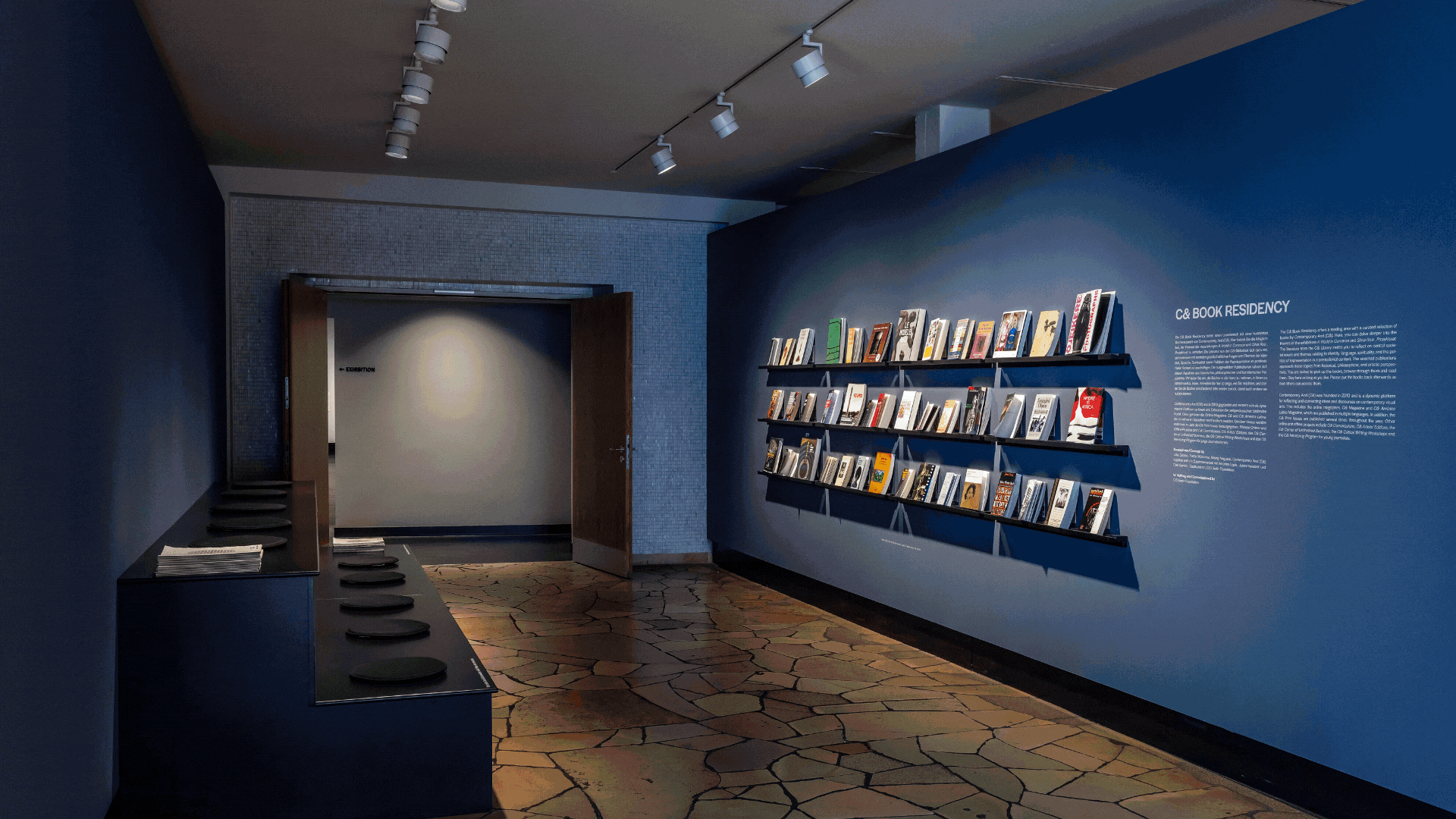
C& Highlights of 2025

Maktaba Room: Annotations on Art, Design, and Diasporic Knowledge

Irmandade Vilanismo: Bringing Poetry of the Periphery into the Bienal
Read more from

Rest in/as Freedom: kiarita and Black Politics of Liberation
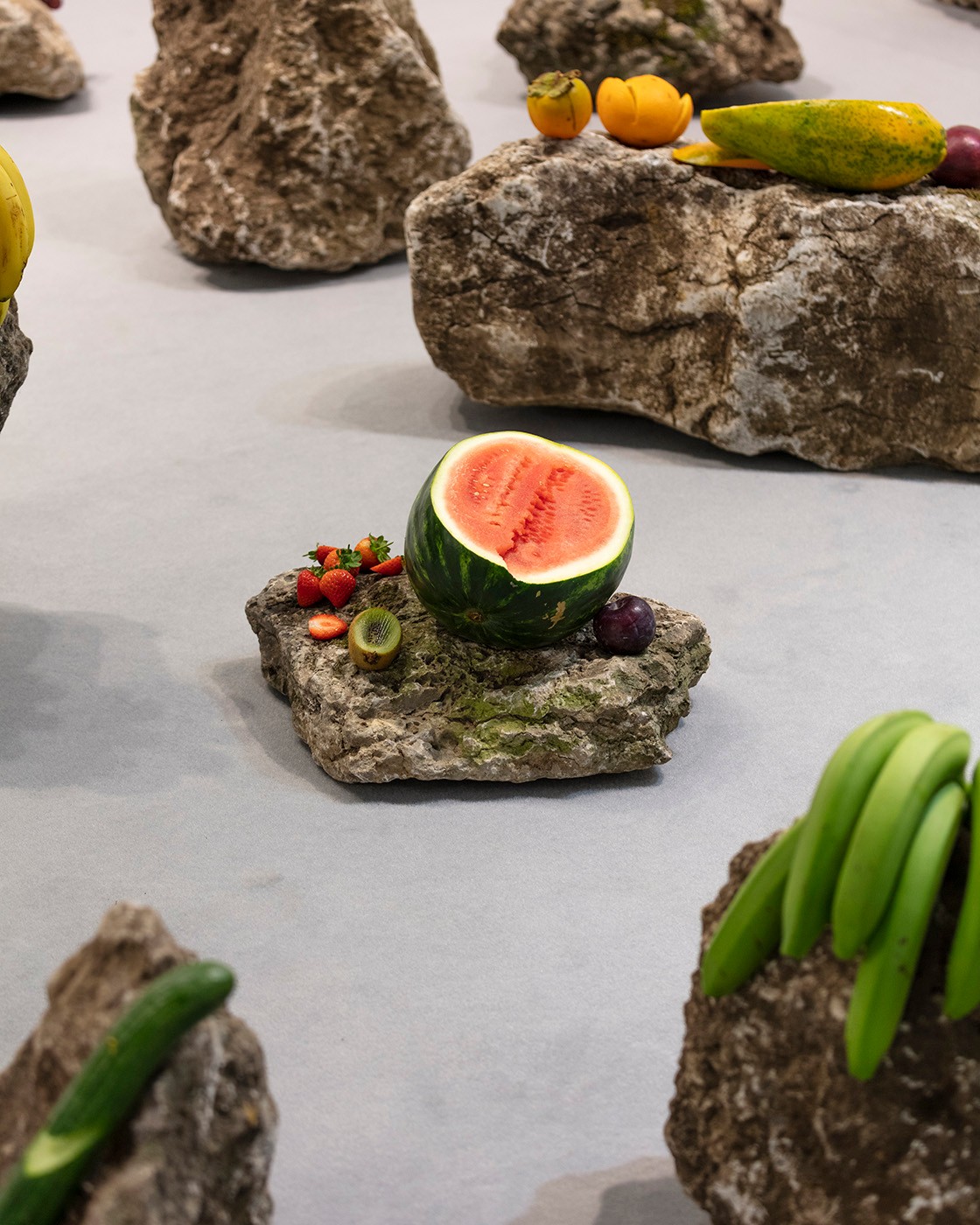
Not for Sale: How Black and Indigenous artists are rewriting the rules of the art market
